iv
�
Series Preface
v
�
vi
�
Preface to the Second
Edition
The most significant differences between this edition and the first are as follows:
• Additional chapters and sections have been written, dealing with:
– nonlinear controllability via Lie-algebraic methods,
– variational and numerical approaches to nonlinear control, including
a brief introduction to the Calculus of Variations and the Minimum
Principle,
– time-optimal control of linear systems,
– feedback linearization (single-input case),
– nonlinear optimal feedback,
– controllability of recurrent nets, and
– controllability of linear systems with bounded controls.
• The discussion on nonlinear stabilization has been expanded, introducing
the basic ideas of control-Lyapunov functions, backstepping, and damping
control.
• The chapter on dynamic programming and linear-quadratic problems has
been substantially edited, so that the material on linear systems can be
read in a fully independent manner from the nonlinear preliminaries.
• A fairly large number of errors and typos have been corrected.
• A list of symbols has been added.
I would like to strongly encourage readers to send me suggestions and com-
ments by e-mail (sontag@control.rutgers.edu), and also to visit the following
Web site:
http://www.math.rutgers.edu/˜sontag/
vii
�
viii
Preface to the Second Edition
where I expect to post updates, additional material and references, links, and
errata.
The current contents of the text far exceed what can be done in a year,
if all material is covered and complete proofs are given in lectures. However,
there are several ways to structure a year-long course, or two such courses,
based on parts of the book. For example, one may cover only the linear theory,
skipping the optional sections as well as the chapters on nonlinear controllability
and multiplier (variational) methods. A separate course, fairly independent,
could cover the more advanced nonlinear material. Ultimately, the topics should
reflect student and faculty background and interests, and I’ll be happy to discuss
syllabi with potential instructors.
I wish to thank all those colleagues, students, and readers who have sent
me suggestions and comments, including in particular Brian Ingalls, Gerardo
Lafferriere, Michael Malisoff, and Konrad Reif. A most special acknowledgment
goes to Jose Luis Mancilla Aguilar and Sarah Koskie, who pointed out a very
large number of typos and errors, and proposed appropriate corrections. Of
course, many mistakes surely remain, and I am solely responsible for them. I
also reiterate my acknowledgment and thanks for the continued support from
the Air Force Office of Scientific Research, and to my family for their infinite
patience.
Piscataway, NJ
May, 1998.
Eduardo D. Sontag
�
Preface to the First Edition
This textbook introduces the basic concepts and results of mathematical control
and system theory. Based on courses that I have taught during the last 15
years, it presents its subject in a self-contained and elementary fashion. It is
geared primarily to an audience consisting of mathematically mature advanced
undergraduate or beginning graduate students. In addition, it can be used by
engineering students interested in a rigorous, proof-oriented systems course that
goes beyond the classical frequency-domain material and more applied courses.
The minimal mathematical background that is required of the reader is a
working knowledge of linear algebra and differential equations. Elements of
the theory of functions of a real variable, as well as elementary notions from
other areas of mathematics, are used at various points and are reviewed in the
appendixes. However, the book was written in such a manner that readers not
comfortable with these techniques should still be able to understand all concepts
and to follow most arguments, at the cost of skipping a few technical details
and making some simplifying assumptions in a few places —such as dealing only
with piecewise continuous functions where arbitrary measurable functions are
allowed. In this dual mode, I have used the book in courses at Rutgers University
with mixed audiences consisting of mathematics, computer science, electrical
engineering, and mechanical and aerospace engineering students. Depending
on the detail covered in class, it can be used for a one-, two-, or three-semester
course. By omitting the chapter on optimal control and the proofs of the results
in the appendixes, a one-year course can be structured with no difficulty.
The book covers what constitutes the common core of control theory: The al-
gebraic theory of linear systems, including controllability, observability, feedback
equivalence, and minimality; stability via Lyapunov, as well as input/output
methods; ideas of optimal control; observers and dynamic feedback; parameter-
ization of stabilizing controllers (in the scalar case only); and some very basic
facts about frequency domain such as the Nyquist criterion. Kalman filtering
is introduced briefly through a deterministic version of “optimal observation;”
this avoids having to develop the theory of stochastic processes and represents
a natural application of optimal control and observer techniques. In general, no
stochastic or infinite dimensional results are covered, nor is a detailed treatment
given of nonlinear differential-geometric control; for these more advanced areas,
there are many suitable texts.
ix
�
x
Preface to the First Edition
The introductory chapter describes the main contents of the book in an in-
tuitive and informal manner, and the reader would be well advised to read this
in detail. I suggest spending at least a week of the course covering this mate-
rial. Sections marked with asterisks can be left out without loss of continuity. I
have only omitted the proofs of what are labeled “Lemma/Exercises,” with the
intention that these proofs must be worked out by the reader in detail. Typi-
cally, Lemma/Exercises ask the reader to prove that some elementary property
holds, or to prove a difference equation analogue of a differential equation re-
sult just shown. Only a trivial to moderate effort is required, but filling in the
details forces one to read the definitions and proofs carefully. “Exercises” are
for the most part also quite simple; those that are harder are marked with the
symbol 3 .
Control and system theory shares with some other areas of “modern” ap-
plied mathematics (such as quantum field theory, geometric mechanics, and
computational complexity), the characteristic of employing a broad range of
mathematical tools, providing many challenges and possibilities for interactions
with established areas of “pure” mathematics. Papers often use techniques
from algebraic and differential geometry, functional analysis, Lie algebras, com-
binatorics, and other areas, in addition to tools from complex variables, linear
algebra, and ordinary and partial differential equations. While staying within
the bounds of an introductory presentation, I have tried to provide pointers
toward some of these exciting directions of research, particularly through the
remarks at the ends of chapters and through references to the literature. (At
a couple of points I include further details, such as when I discuss Lie group
actions and families of systems, or degree theory and nonlinear stabilization,
or ideal theory and finite-experiment observability, but these are restricted to
small sections that can be skipped with no loss of continuity.)
This book should be useful too as a research reference source, since I have
included complete proofs of various technical results often used in papers but
for which precise citations are hard to find. I have also compiled a rather long
bibliography covering extensions of the results given and other areas not treated,
as well as a detailed index facilitating access to these.
Although there are hundreds of books dealing with various aspects of control
and system theory, including several extremely good ones, this text is unique in
its emphasis on foundational aspects. I know of no other book that, while cov-
ering the range of topics treated here and written in a standard theorem/proof
style, also develops the necessary techniques from scratch and does not assume
any background other than basic mathematics. In fact, much effort was spent
trying to find consistent notations and terminology across these various areas.
On the other hand, this book does not provide realistic engineering examples, as
there are already many books that do this well. (The bibliography is preceded
by a discussion of such other texts.)
I made an effort to highlight the distinctions as well as the similarities be-
tween continuous- and discrete-time systems, and the process (sampling) that
is used in practice for computer control.
In this connection, I find it highly
�
Preface to the First Edition
xi
probable that future developments in control theory will continue the move-
ment toward a more “computer-oriented” and “digital/logical” view of systems,
as opposed to the more classical continuous-time smooth paradigm motivated
by analogue devices. Because of this, it is imperative that a certain minimal
amount of the ‘abstract nonsense’ of systems (abstract definitions of systems as
actions over general time sets, and so forth) be covered: It is impossible to pose,
much less solve, systems design problems unless one first understands what a
system is. This is analogous to understanding the definition of function as a set
of ordered pairs, instead of just thinking of functions as only those that can be
expressed by explicit formulas.
A few words about notation and numbering conventions. Except for theo-
rems, which are numbered consecutively, all other environments (lemmas, def-
initions, and so forth) are numbered by section, while equations are numbered
by chapter. In formal statements, I use roman characters such as x to denote
states at a given instant, reserving Greek letters such as ξ for state trajectories,
and a similar convention is used for control values versus control functions, and
output values versus output functions; however, in informal discussions and ex-
amples, I use roman notation for both points and functions, the meaning being
clear from the context. The symbol marks an end of proof, while 2 indicates
the end of a remark, example, etc., as well as the end of a statement whose
proof has been given earlier.
This volume represents one attempt to address two concerns raised in the
report “Future Directions in Control Theory: A Mathematical Perspective,”
which was prepared by an international panel under the auspices of various
American funding agencies (National Science Foundation, Air Force Office of
Scientific Research, Army Research Office, and Office of Naval Research) and
was published in 1988 by the Society for Industrial and Applied Mathematics.
Two of the main recommendations of the report were that further efforts be
made to achieve conceptual unity in the field, as well as to develop better train-
ing for students and faculty in mathematics departments interested in being
exposed to the area. Hopefully, this book will be useful in helping achieve these
goals.
It is hard to even begin to acknowledge all those who influenced me pro-
fessionally and from whom I learned so much, starting with Enzo Gentile and
other faculty at the Mathematics Department of the University of Buenos Aires.
Without doubt, my years at the Center for Mathematical System Theory as a
student of Rudolf Kalman were the central part of my education, and the stim-
ulating environment of the center was unequaled in its possibilities for learn-
ing. To Professor Kalman and his long-range view of the area, originality of
thought, and emphasis on critical thinking, I will always owe major gratitude.
Others who spent considerable time at the Center, and from whose knowledge
I also benefited immensely at that time and ever since, include Roger Brockett,
Samuel Eilenberg, Michel Fliess, Malo Hautus, Michiel Hazewinkel, Hank Her-
mes, Michel Heymann, Bruce Lee, Alberto Isidori, Ed Kamen, Sanjoy Mitter,
Yves Rouchaleau, Yutaka Yamamoto, Jan Willems, and Bostwick Wyman. In
�
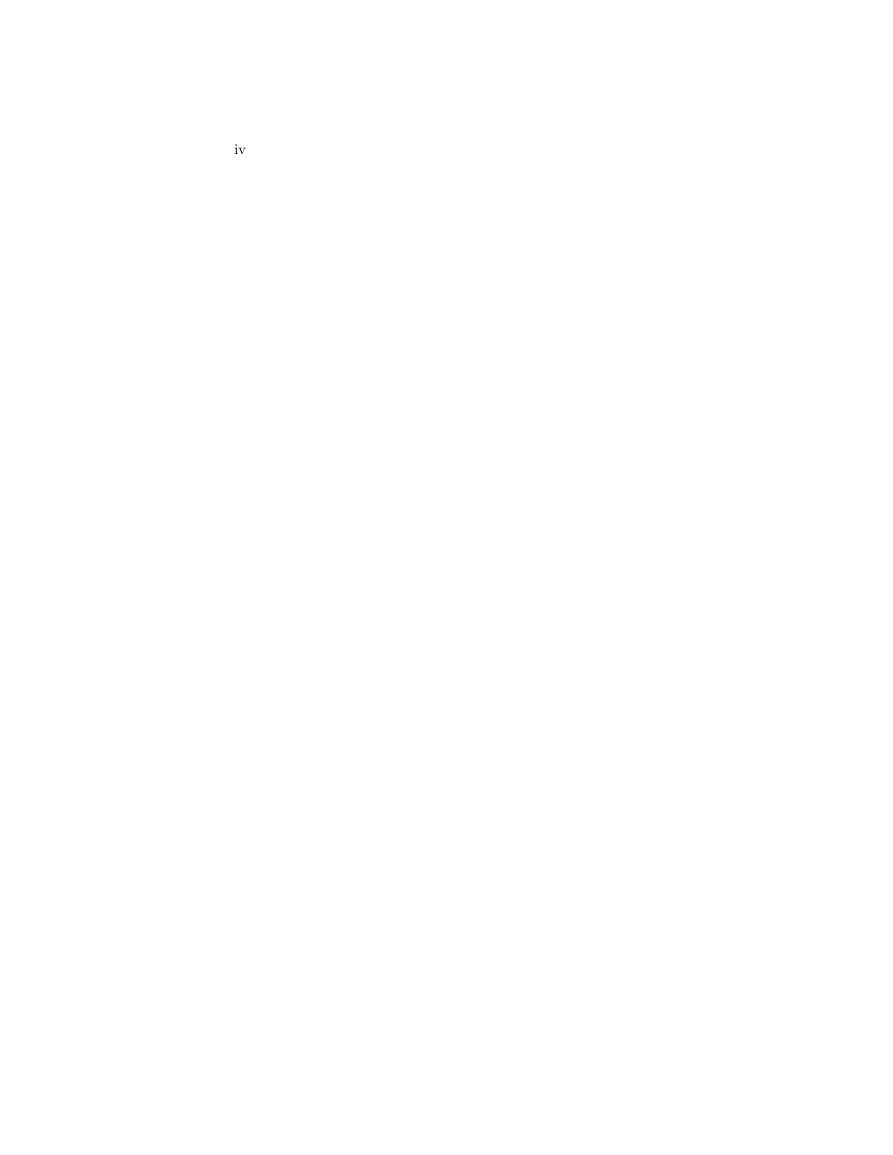
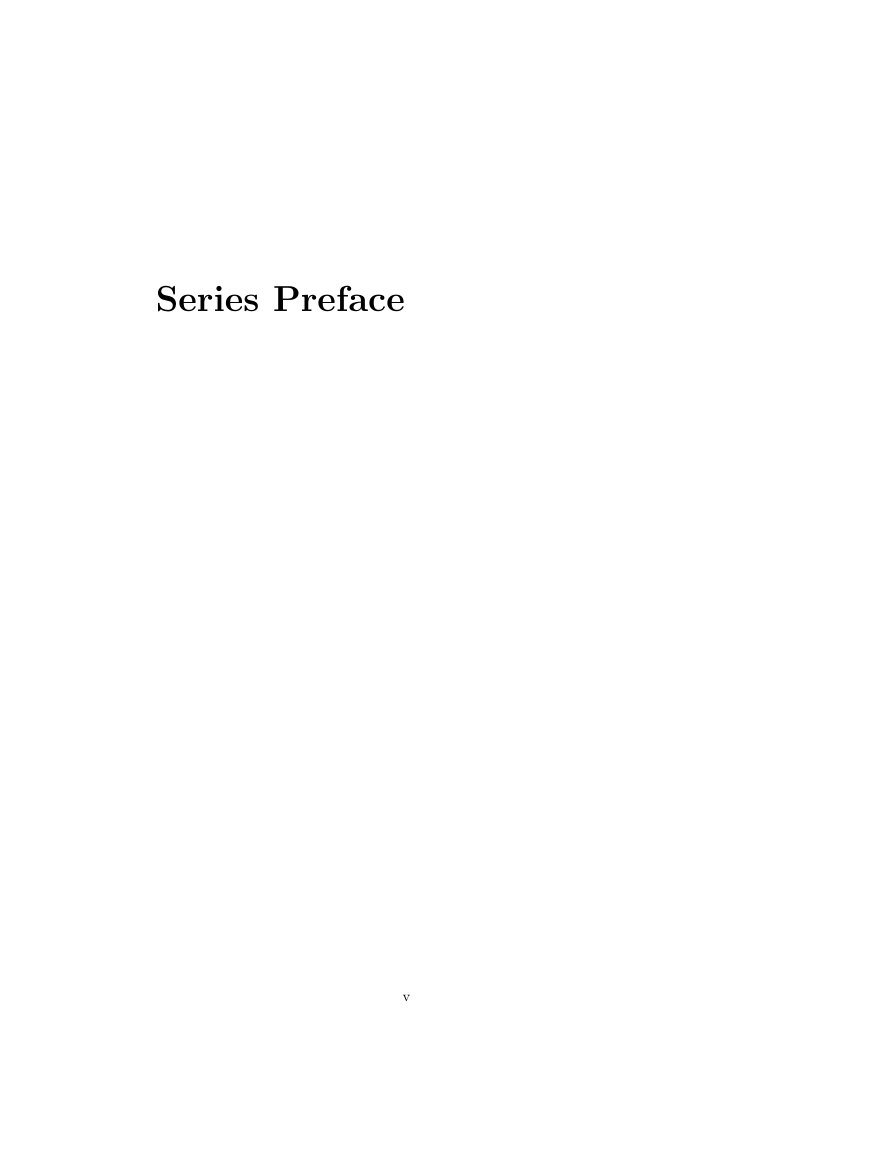
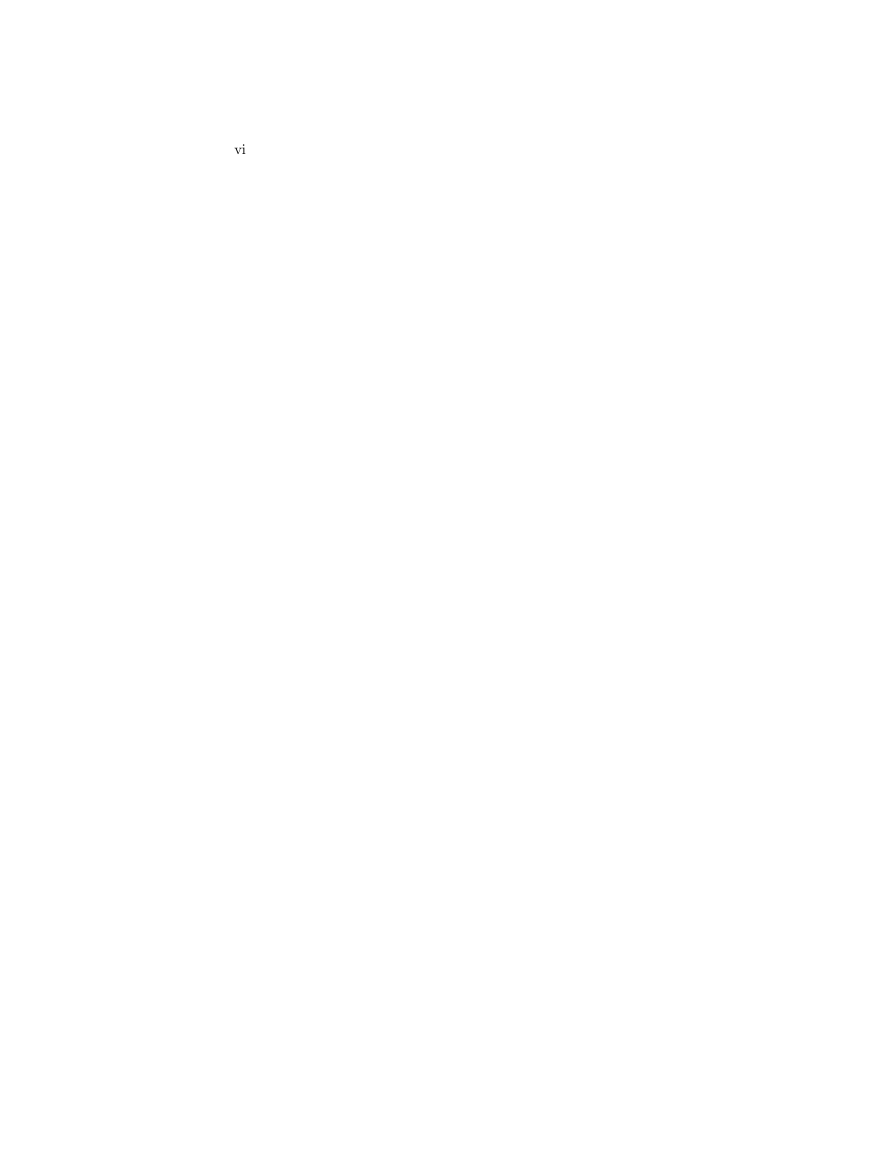
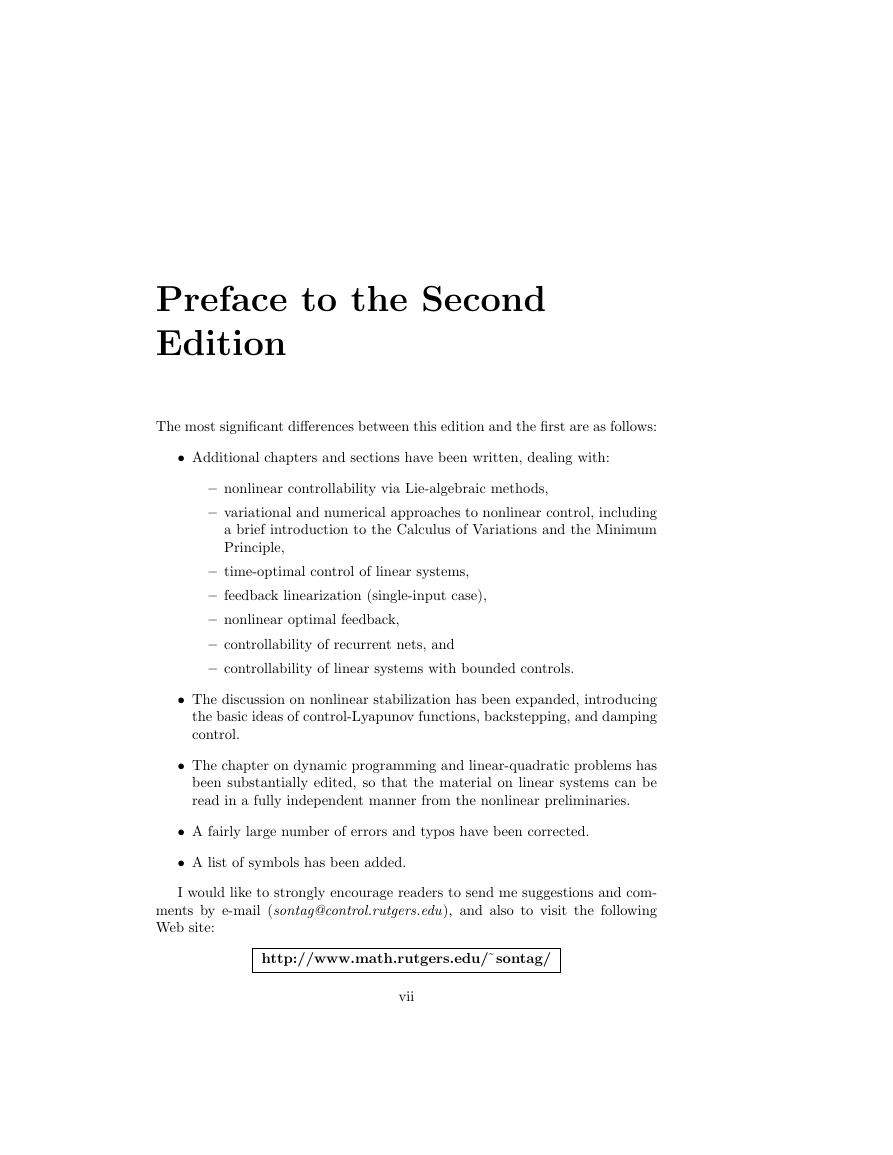

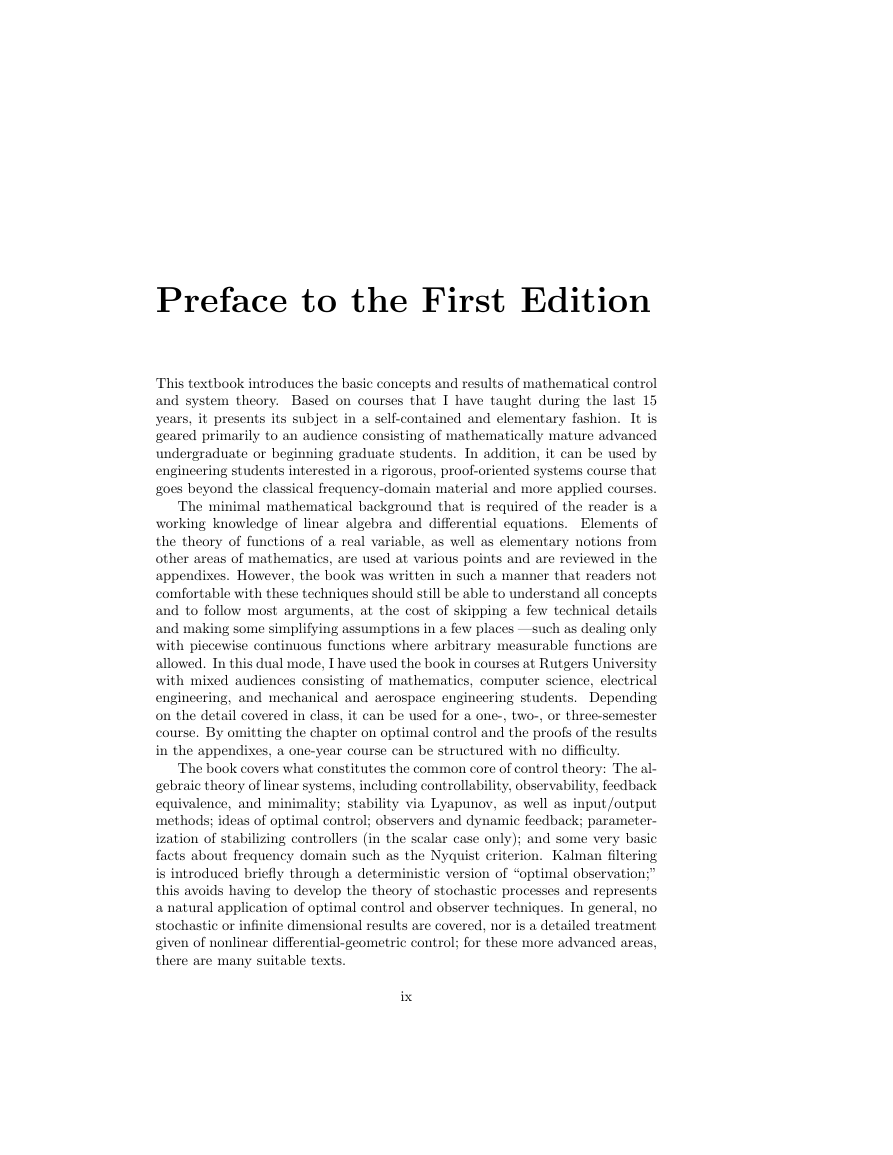










 2023年江西萍乡中考道德与法治真题及答案.doc
2023年江西萍乡中考道德与法治真题及答案.doc 2012年重庆南川中考生物真题及答案.doc
2012年重庆南川中考生物真题及答案.doc 2013年江西师范大学地理学综合及文艺理论基础考研真题.doc
2013年江西师范大学地理学综合及文艺理论基础考研真题.doc 2020年四川甘孜小升初语文真题及答案I卷.doc
2020年四川甘孜小升初语文真题及答案I卷.doc 2020年注册岩土工程师专业基础考试真题及答案.doc
2020年注册岩土工程师专业基础考试真题及答案.doc 2023-2024学年福建省厦门市九年级上学期数学月考试题及答案.doc
2023-2024学年福建省厦门市九年级上学期数学月考试题及答案.doc 2021-2022学年辽宁省沈阳市大东区九年级上学期语文期末试题及答案.doc
2021-2022学年辽宁省沈阳市大东区九年级上学期语文期末试题及答案.doc 2022-2023学年北京东城区初三第一学期物理期末试卷及答案.doc
2022-2023学年北京东城区初三第一学期物理期末试卷及答案.doc 2018上半年江西教师资格初中地理学科知识与教学能力真题及答案.doc
2018上半年江西教师资格初中地理学科知识与教学能力真题及答案.doc 2012年河北国家公务员申论考试真题及答案-省级.doc
2012年河北国家公务员申论考试真题及答案-省级.doc 2020-2021学年江苏省扬州市江都区邵樊片九年级上学期数学第一次质量检测试题及答案.doc
2020-2021学年江苏省扬州市江都区邵樊片九年级上学期数学第一次质量检测试题及答案.doc 2022下半年黑龙江教师资格证中学综合素质真题及答案.doc
2022下半年黑龙江教师资格证中学综合素质真题及答案.doc